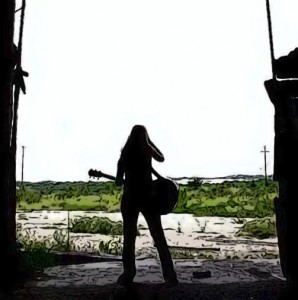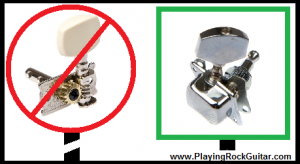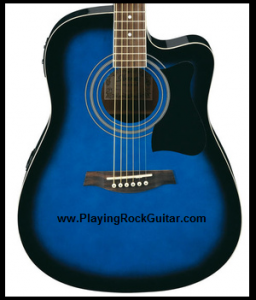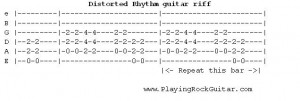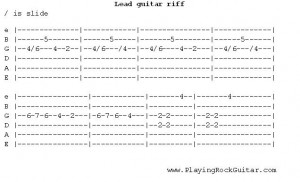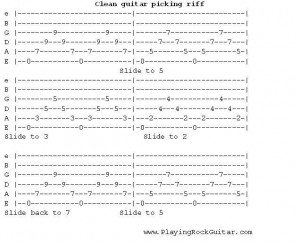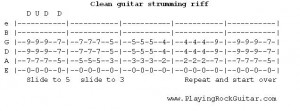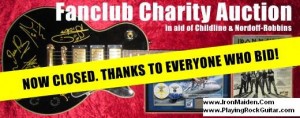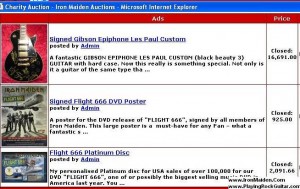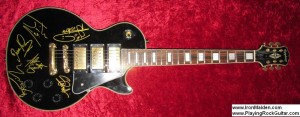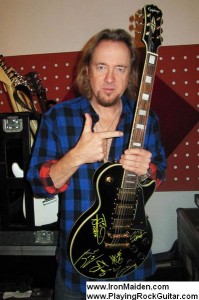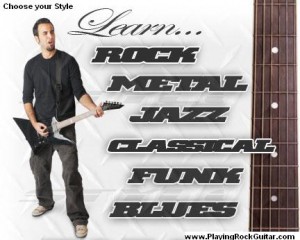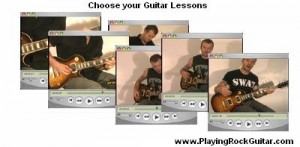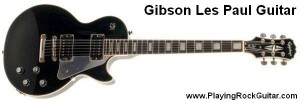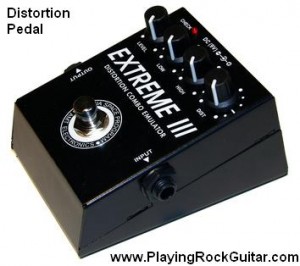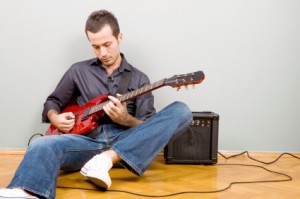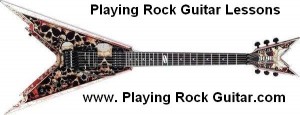Using an Acoustic Guitar to Play Rock Guitar
Most guitarists use an electric guitar to play rock guitar but using an acoustic guitar can add more colour and texture to your rock songs and guitar playing. The acoustic guitar is quieter and does not have the distorted rock sound of an electric guitar. So why has the acoustic got a place in rock?
First I will talk about why you would play an acoustic guitar for rock and then I will give you in the next post some tips for picking the best acoustic guitar for you to play rock on.
Who Would Play Rock on an Acoustic Guitar?
Many famous rock bands and guitarists have used acoustic guitars in their playing. Band from The Who to Green Day have had acoustic songs. Bands often write rock songs on acoustic first. A lot of The Who songs by Pete Townsend have started life on an acoustic.
The great thing about an acoustic is it can add light and dark shades to your music easily. You can pick or strum softly for a light sound. Or you can strum hard or strum the guitar fast for a heavier or more energetic sound.
If you can change from soft and gentle sounds to hard and heavy on an acoustic it is very easy to replicate this on an electric guitar. You shouldn’t rely on guitar effect pedals all the time to get all the sounds you want when you play rock guitar. You should use different guitar techniques, picking and different types of strumming as well to change your sound. The acoustic is great for learning how to master all these techniques.
There is one big benefit for a guitar beginner in playing an acoustic. The strings are harder to hold down plus usually you are playing chords instead of power chords. It can build up left hand strength and teach you touch control. When you go back to the electric guitar you will find it easier to hold down the strings and play chords.
If you play rock guitar with an acoustic it can add more emotions and moods to your music. Your music will have many different textures, sound, feelings, mood and soul. It will be more interesting for you and you will find that you need to be interested in what you play or you will get bored. It will be more interesting for the listener too. It adds more to your arsenal of techniques and ability as a rock guitarist. It will help you grow as a musician and an artist.
All the best guitarists and rock bands have dabbled with acoustics. They have used them to add a greater range to their music or add new influences. Successful musicians and bands are successful because they did something new. So copy them and use an acoustic guitar for playing rock guitar sometimes as well.
Next I will talk about getting the perfect acoustic guitar to play rock guitar on and later I will give you a few good rock riffs to play on your new acoustic guitar.
